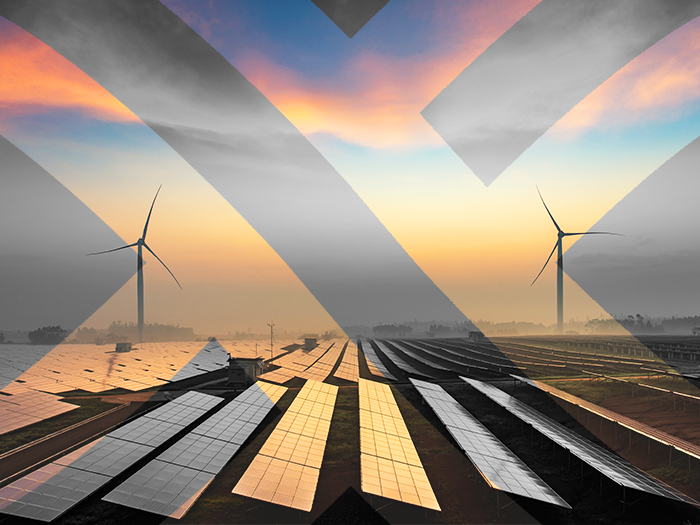Insights
better business decisions
Posted 2 years ago | 2 minute read

Canada energy regulator envisions revolutionary shift for a net zero world
The Canada Energy Regulator (CER) has projected that electricity could take a lead role in reshaping the energy mix, along with key contributions from hydrogen, bioenergy, and carbon capture, utilization and storage (CCUS) in a net zero Canada.
In its Canada’s Clean Energy Future 2023 Energy Supply and Demand Projections to 2050 report, published on 20 June, the regulator explored three scenarios: Global Net-Zero, Canada Net-Zero, and Current Measures. These scenarios envision different rates of climate action both in Canada and globally, with two of them specifically designed to reach net-zero greenhouse gas (GHG) emissions within Canada by 2050.
In the scenarios, electricity emerges as the primary energy source for Canadians, while the use of fossil fuels diminishes considerably by 2050. This shift entails replacing existing technologies with electricity-based alternatives like electric vehicles and heat pumps. In addition, it notes that an increased reliance on electricity enhances energy efficiency nationwide, resulting in a potential reduction in energy consumption of up to 22% by 2050.
To accommodate the substantial increase in electricity demand, Canada intends to generate a larger proportion of its electricity from clean sources like wind, nuclear, and hydro power. Simultaneously, fossil fuel-based electricity generation without carbon capture, utilization, and storage (CCUS) is expected to decline rapidly in response to stronger climate policies.
Wind power is projected to contribute the most significant increase in electricity generation by 2050, growing more than ninefold from current levels in both net-zero scenarios. Overall, the electricity sector aims to achieve net-zero emissions by 2035 and subsequently become net-negative by utilizing bioenergy in combination with CCUS.
The report notes that the transition to net-zero emissions will necessitate substantial contributions from all sectors of the economy, with the most significant emission reductions expected in the transportation, electricity, and oil and gas sectors. The report underscores that certain sectors, such as buildings, heavy industry, and oil and gas, are projected to have positive GHG emissions by 2050 in both net-zero scenarios. However, these emissions will be offset by net-negative emissions from other sectors, including the electricity sector.








